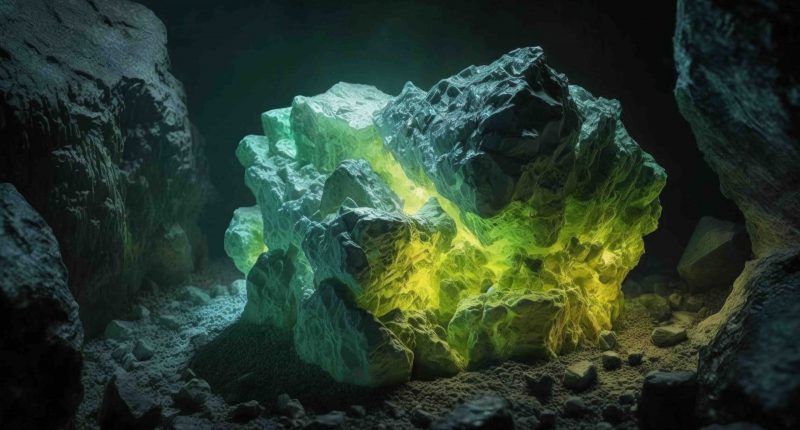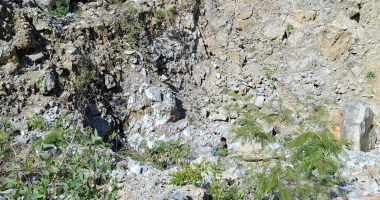Haranga Resources Ltd (ASX:HAR) has completed a program of termite mound sampling across the entirety of the permit associated with its Saraya uranium project in Senegal, using a pXRF device which picked up anomalous readings of between 7 to 45 parts per million ppm equivalent uranium (eU).
A total of 15,845 termite mound samples were taken from the permit area at a grid scale of 1,000 metres by 100 metres, focusing on the central anomalous corridor, and yielding 15 new anomalous targets.
Haranga has also defined an anomalism across more than 30 kilometres at these permits.
The territory being focused on is also home to Saraya, whose mineral resource estimate (MRE) was recently upgraded to 6.04 million pounds eU3O8 (equivalent uranium) at a grade of 752 parts per million (ppm) eU3O8 in the indicated category, and 10.1 million pounds of eU3O8 at a grade of 484ppm eU3O8 in the inferred category.
Managing director Peter Batten said the company was steadily progressing its exploration of the permit area.
“Haranga has adopted a four stage exploration process, with Stage one and two consisting of regional termite mound sampling (TMS) and infill TMS, respectively,” he said.
“Through dogged persistence the Senegal field teams have completed Stage 1 for the entire permit spanning 1,650 square kilometres.
“The regional surveys have identified an additional nine prospects from the original seven (including Saraya) that we inherited from the historic data and extended the anomalous uranium corridor to in excess of 30 kilometres, as well as highlighted numerous zones outside the corridor particularly on granitic contacts.”
He added that Haranga was creeping closer to the ‘more exciting stages’ of auger and reverse circulation (RC) drilling work.
“With the drilling comes the potential for more uranium deposit discoveries within our >30 kilometre corridor of uranium anomalism, which includes 16 (including Saraya) uranium prospects identified from Stage 1 exploration,” he said.
Haranga has been trading at 7.2 cents.








